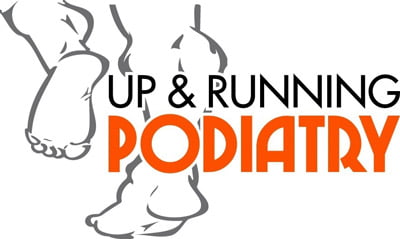Functional Feet
Summer’s arrival often shifts our focus to shedding layers and gearing up for holidays. Yet, amid this excitement, we overlook a vital wellness aspect—our feet. Despite being frequently neglected, our feet are fundamental to our body’s balance and overall health.
Understanding the Structure of Our Feet
Human feet, with their unique shape, enable a myriad of activities like walking, running, and climbing. Stronger and less mobile than our hands, feet bear our body’s weight. They consist of tarsal bones, metatarsal bones, and phalanges (toes and the blade of the foot). The heel, or calcaneus, is the largest bone, forming an essential part of our foot’s architecture.
Arches in our feet—medial, lateral, and longitudinal—provide stability and reduce bodily stress during movement. Ligaments and tendons link these bones and muscles, facilitating intricate foot movements. Notably, the foot’s design also contributes significantly to the ankle’s structure and overall balance, underscoring the importance of footwear that supports natural foot function.
The Significance of Proper Foot Function
The way our feet interact with the ground is both subtle and essential, particularly in sports and running. Proper foot function plays a critical role in our overall health. Typically, it’s only when discomfort or injury arises that we start paying attention to our feet. Understanding the impact of foot function is crucial, not just for athletes but for everyone in their daily activities.
Foot function affects more than just our feet; it influences our posture, alignment, and even our spine. This is especially true in activities that involve running or walking. A well-functioning foot helps in evenly distributing weight, maintaining balance, and absorbing shock. Conversely, poor foot function can lead to a cascade of alignment issues, affecting knees, hips, and back.
Understanding Pronation and Supination
Pronation and supination are vital in our walking and running gait. Pronation refers to the foot’s natural inward roll during a step, crucial for shock absorption. Supination, on the other hand, is the outward roll of the foot, important for providing a rigid structure for propulsion. It’s when these movements become excessive or improperly timed that issues arise, leading to an uneven gait and potential injuries.
Pronation:
- Absorbs shock as the foot hits the ground.
- Essential for normal foot function.
Supination:
- Stabilises the foot as we push off the ground.
- Creates a firm base for the body.
The Effects of Overpronation and Oversupination
Overpronation and oversupination can lead to various issues. Overpronation, characterised by excessive inward rolling of the foot, can strain muscles and tendons and cause knee problems.
On the flip side, oversupination, marked by inadequate inward rolling, may result in ankle strain and other complications. Being aware of these conditions is crucial for addressing potential imbalances and preventing injuries.
Overpronation:
- May cause flat feet, heel pain, or shin splints.
- Often leads to knee pain and can affect overall posture.
Oversupination:
- Can result in ankle instability, frequent ankle sprains.
- Often leads to Achilles tendonitis or plantar fasciitis.
Beyond Pronation and Supination – Dorsiflexion and Plantarflexion
Dorsiflexion and plantarflexion are essential for overall foot functionality. Dorsiflexion is the action of raising the foot upwards, away from the sole. Plantarflexion, conversely, involves pointing the toes down towards the sole. Both movements are integral to our foot’s ability to absorb impact and propel us forward.
Dorsiflexion:
- Allows for the absorption of impact as the foot lands.
- Necessary for a smooth transition from heel to toe.
Plantarflexion:
- Enables the push-off phase in walking and running.
- Crucial for generating power and movement.
Tips for Maintaining Functional Feet
Keeping your feet functional and healthy involves several practical steps. Here are some tips to help maintain foot health:
- Footwear Selection:
- Choose shoes that provide proper support and fit well.
- Replace shoes when they show signs of wear, especially in the sole.
- Foot Care Practices:
- Regular stretching and strengthening exercises for the feet.
- Walking barefoot when possible to strengthen foot muscles.
- Preventative Measures:
- Warm up properly before exercising to prepare your feet.
- Be mindful of your foot’s positioning and movement during activities.
These steps not only promote foot health but also contribute to overall bodily well-being. By taking care of your feet, you’re taking a step towards a healthier, more balanced lifestyle.
Looking For Functional Feet in Melbourne?
Understanding functional feet is vital for overall health. We encourage you to prioritise foot care and explore Up & Running Podiatry‘s comprehensive services for optimal foot health.
Book online today and visit any of our three Melbourne podiatry clinics: Port Melbourne, Elsternwick and Williamstown.
